Andrew Caballero-Reynolds | AFP | Getty Images
“Today, we’re doing copper,” Trump said during a Cabinet meeting at the White House. “I believe the tariff on copper, we’re going to make it 50%.” He did not say specifically when that tariff would take effect.
Trump also said he would soon announce tariffs “at a very, very high rate, like 200%,” on pharmaceutical imports.
Pharmaceutical companies could have up to a year and a half to start producing their products in the U.S. before those new tariffs take effect, Trump added.
Copper prices jumped to a record high after Trump’s abrupt announcement, with the September futures contract surging 10.5% to $5.8955 per pound.
Shares of copper miner Freeport-McMoRan, meanwhile, rose 5% as investors expect domestic producers to benefit from the tariff.
Copper is the third-most-consumed metal, behind iron and aluminum. The U.S. imports nearly half of the copper it uses, most of which comes from Chile, according to data from the U.S. Geological Survey.
Trump in late February ordered a probe into potential new tariffs on copper imports on national security grounds.
Commerce Secretary Howard Lutnick said on CNBC’s “Power Lunch” later Tuesday that that investigation was finished.
“The idea is to bring copper home, bring copper production home,” Lutnick said. He noted that Trump’s move will bring copper tariffs in line with U.S. duties on imports of steel and aluminum, which Trump doubled to 50% in early June.
Lutnick said he expected Trump to soon sign a proclamation that would put the copper tariff in place by the end of July.
The new trade announcements on copper and pharmaceuticals are separate from the “reciprocal” tariffs that Trump unveiled in early April, when he imposed a baseline 10% duty on imports from nearly all other countries, as well as much higher rates on dozens of individual nations.
Trump has repeatedly delayed the higher reciprocal tariffs from taking effect. But on Monday, he sent out a spate of letters dictating new tariff rates on imports from 14 countries, including Japan, South Korea and Thailand.
Those individualized blanket tariff rates, which ranged from 25% to 40%, are set to take effect Aug. 1.
— CNBC’s Spencer Kimball contributed to this report.

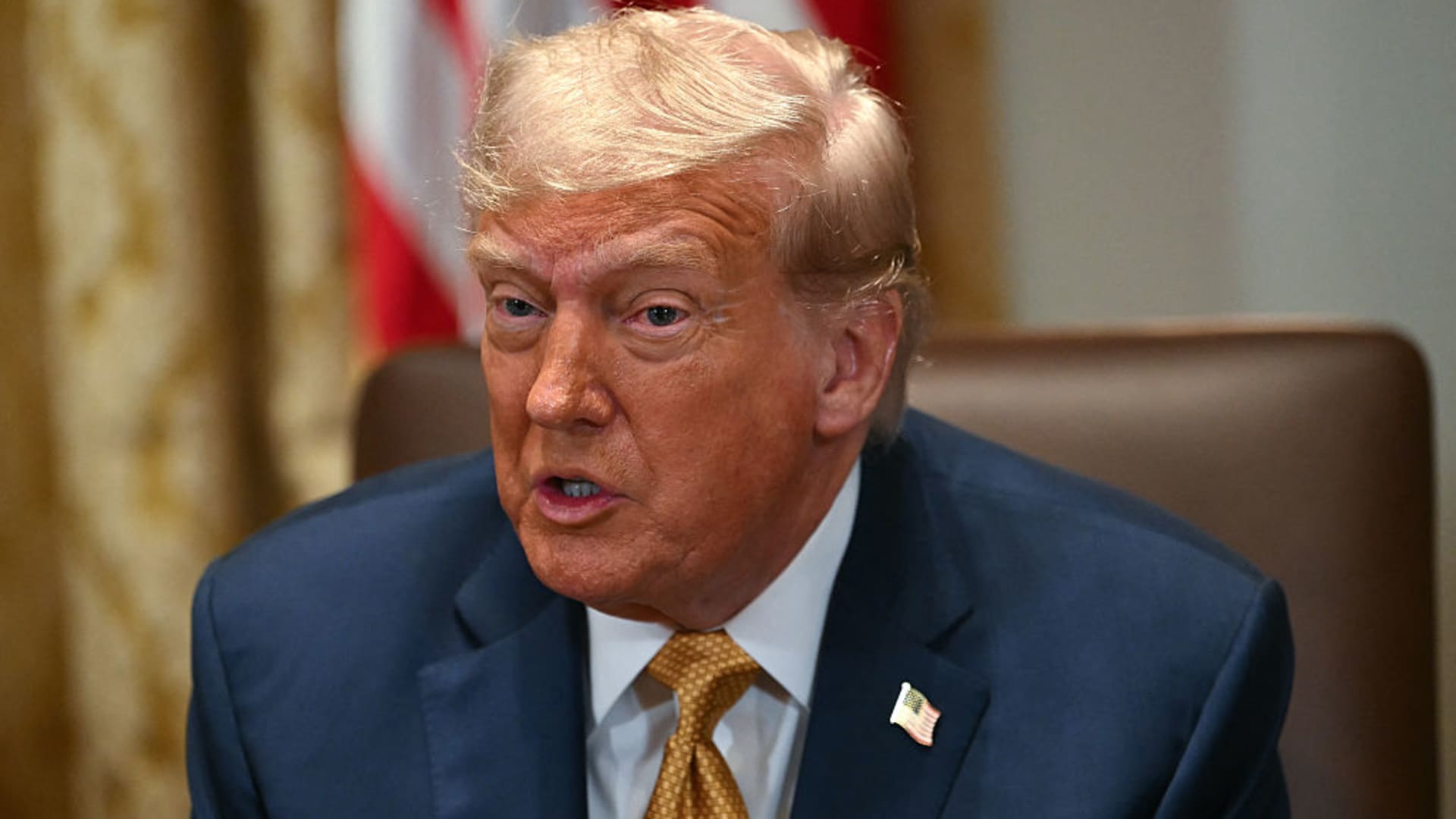


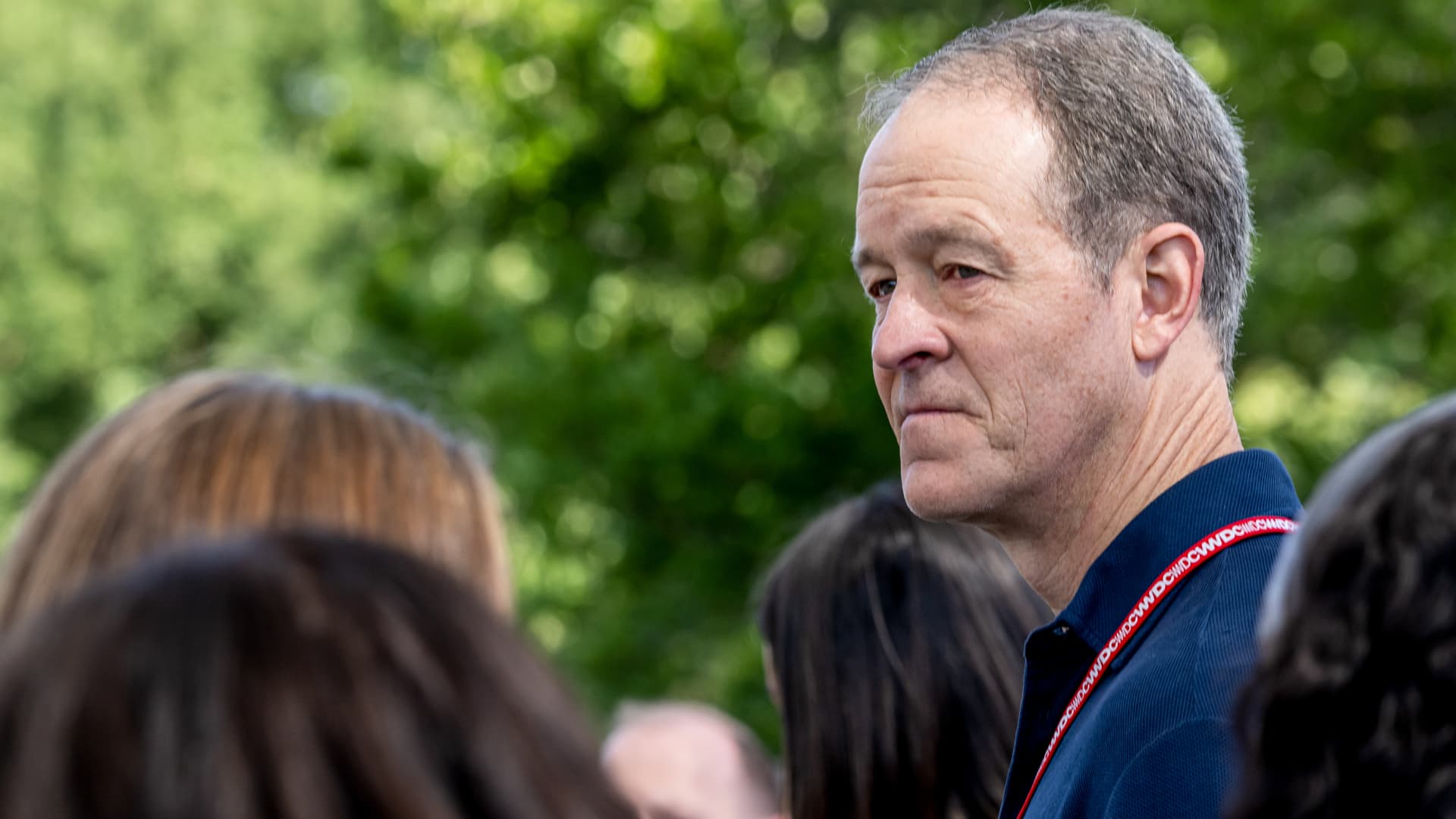

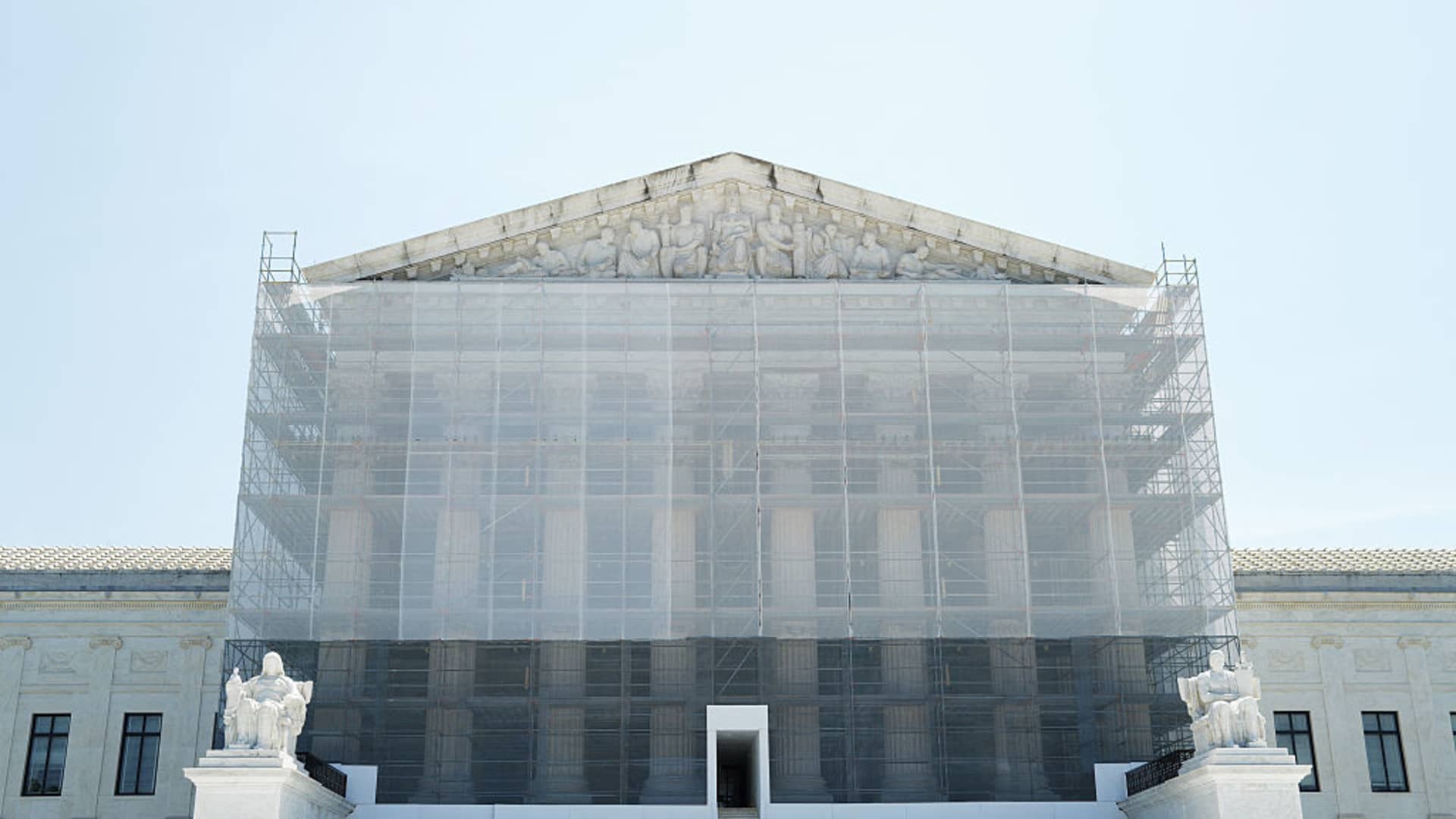
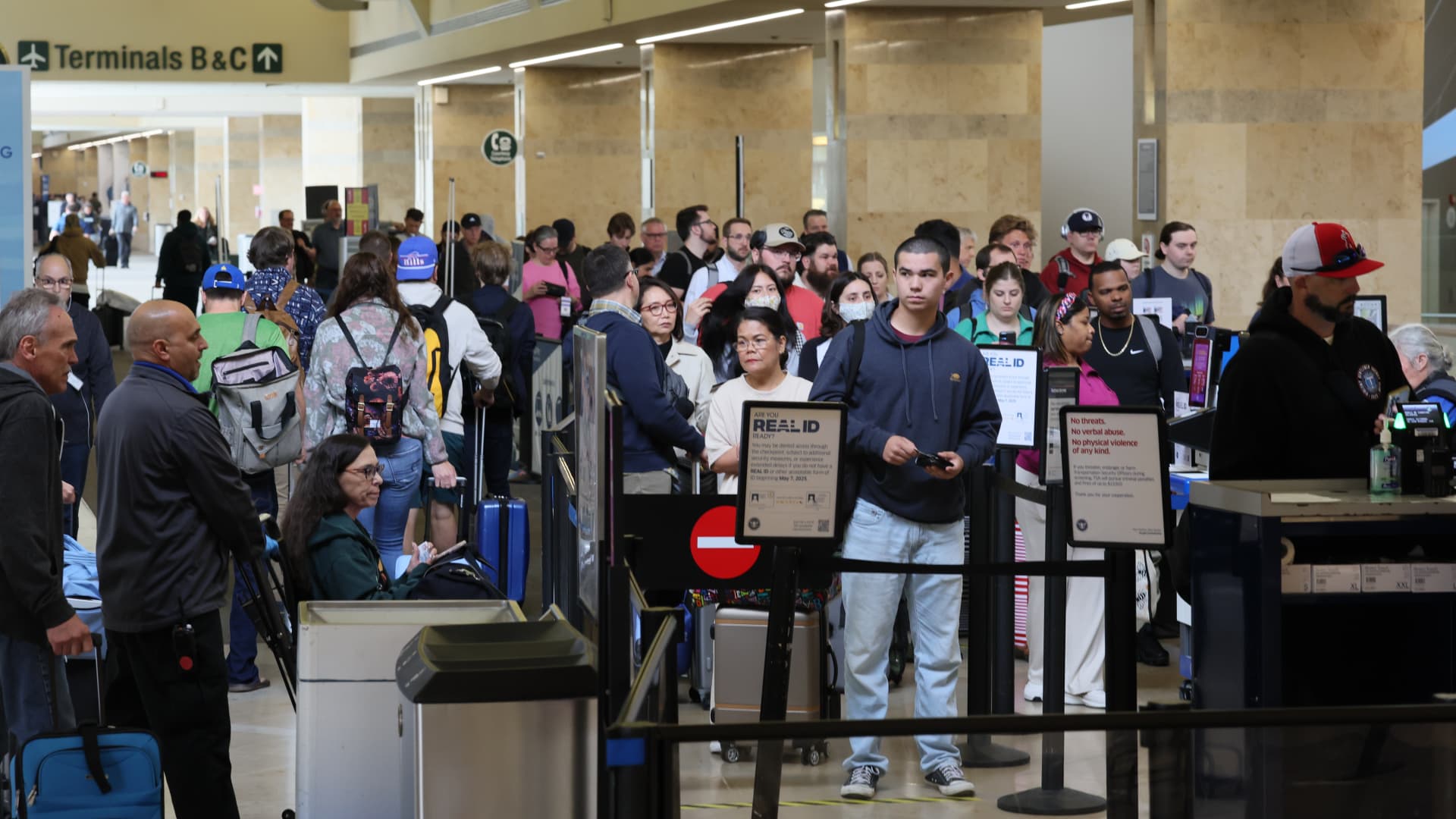
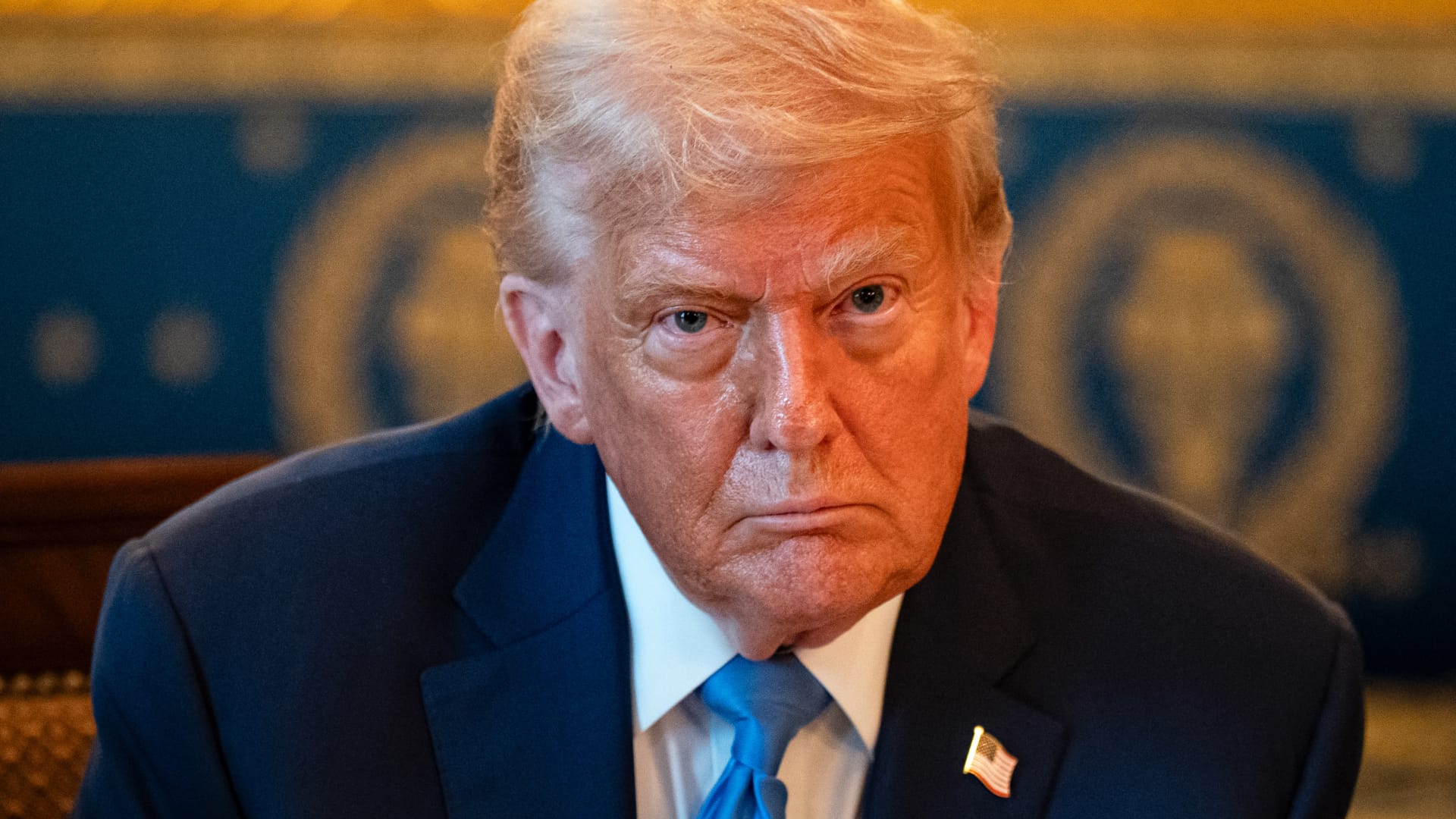
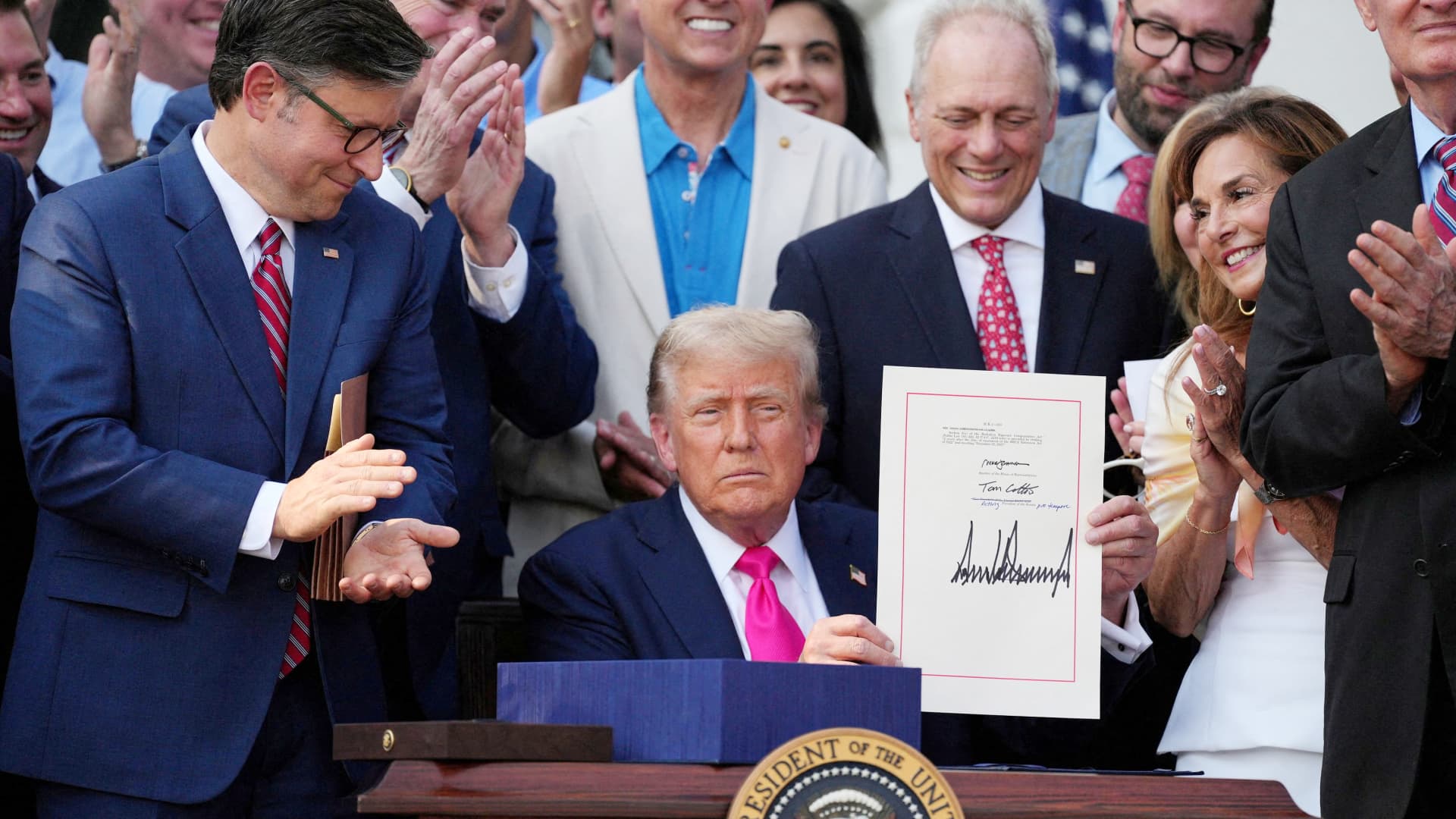

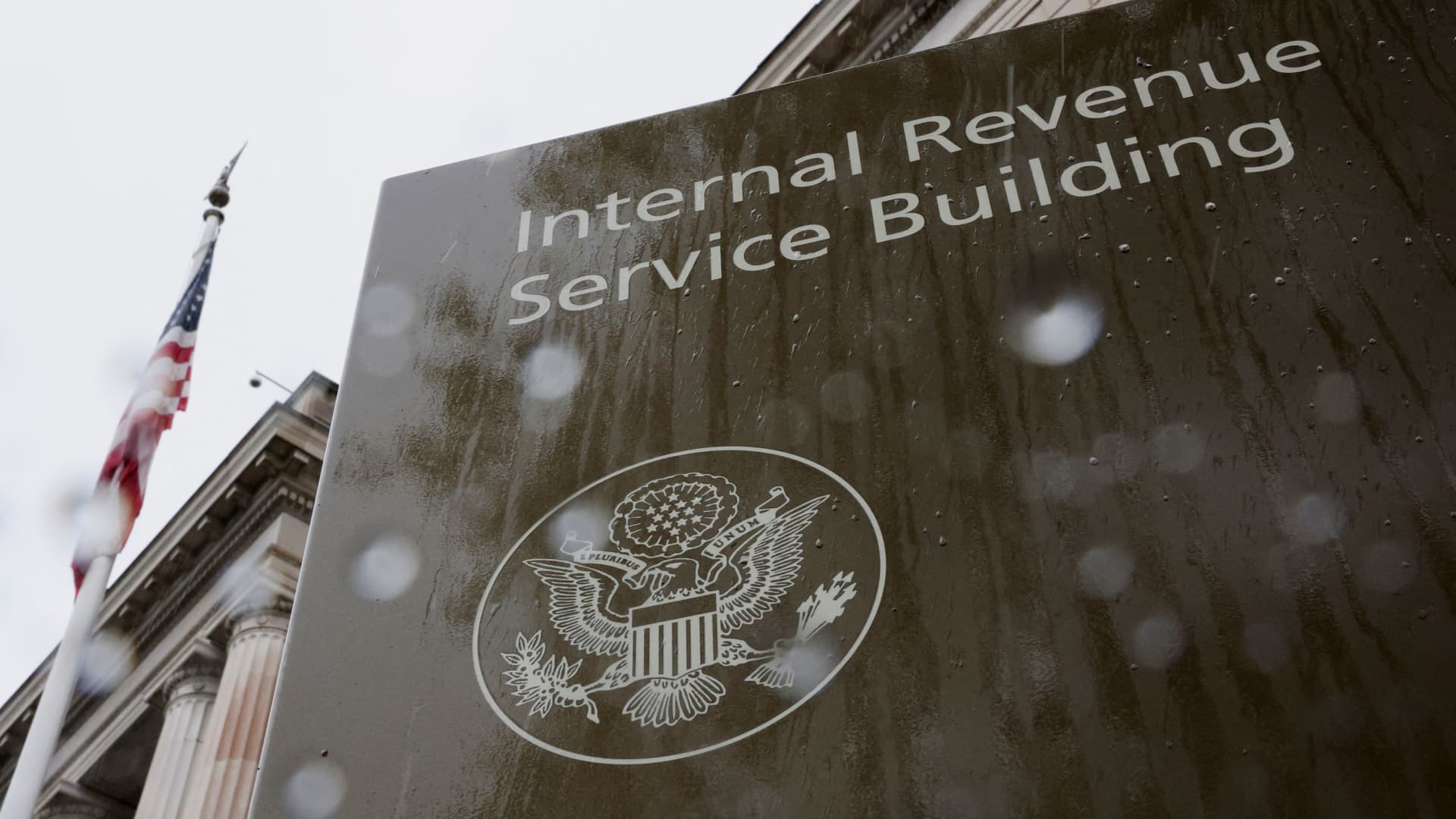



Leave a Reply